Thierry Mugler’s Art of Fashion: Avant-Garde and Iconic
Thierry Mugler’s art redefined the boundaries of fashion, blending creativity, drama, and innovation. His bold silhouettes and futuristic...
Errika Gerakiti 30 December 2024
Fashion and art are two passionate lovers. Their beautiful affair has been commemorated many times in museums, exhibitions, and on the runways. Everyone knows about the annual Met Gala where this relationship is celebrated to its most extreme. However, the voices that blame fashion for being superficial are many, as if fashion has nothing truly creative behind it. Yet the cases of artists who celebrate art in their creations tend to prove otherwise. So, is fashion a form of art?
What is art? Many specialists have tried to answer this question and provide terms for it. Besides some basic qualifications, it is safe to say that there is no definite answer because it has to do with aesthetics. Every person has a different sense of aesthetics and understands art in various ways. This is the case with fashion too. Some believe it is a superficial multi-billion dollar industry that aims to make people, mostly women, insecure about themselves. Meanwhile. there are others who see the effort and the creativity behind a design, that aim to make one feel good or to pay tribute to something or someone great. This proves that fashion doesn’t lack depth, it is just not for everyone, and that’s OK.
When fashion designers are doing research for their next collection they seek inspiration from everything around them. They are interested in shapes and forms, they are enthralled by colors and are curious about social, historical, or cultural issues. So, they visit museums and art galleries, artists’ studios and archives, they go through photographs and read books on their subject of interest. As in architecture, cinema, installations, and visual arts, creativity has numerous influences. Therefore it would be unfair to accuse designers (and fashion in general) of shallowness, as their work originates from an intellectual process.
Yves Saint Laurent was a designer with strong artistic influences. In 1965 he created the Mondrian collection, which was an ode to Piet Mondrian and his color-block prints. The idea was to emphasize the influence of geometric abstraction in popular culture in the 60s.
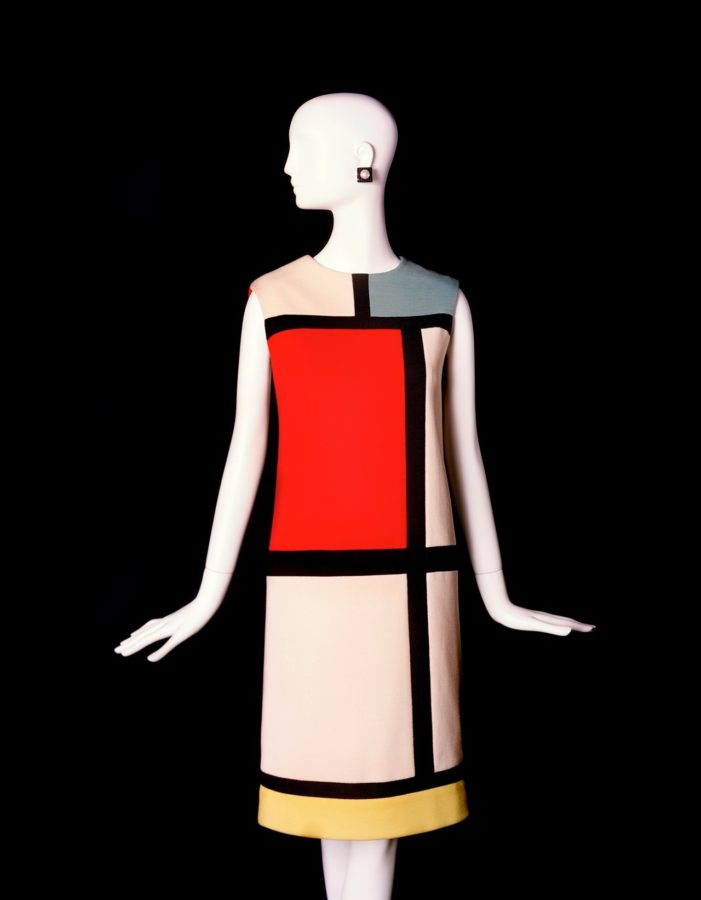
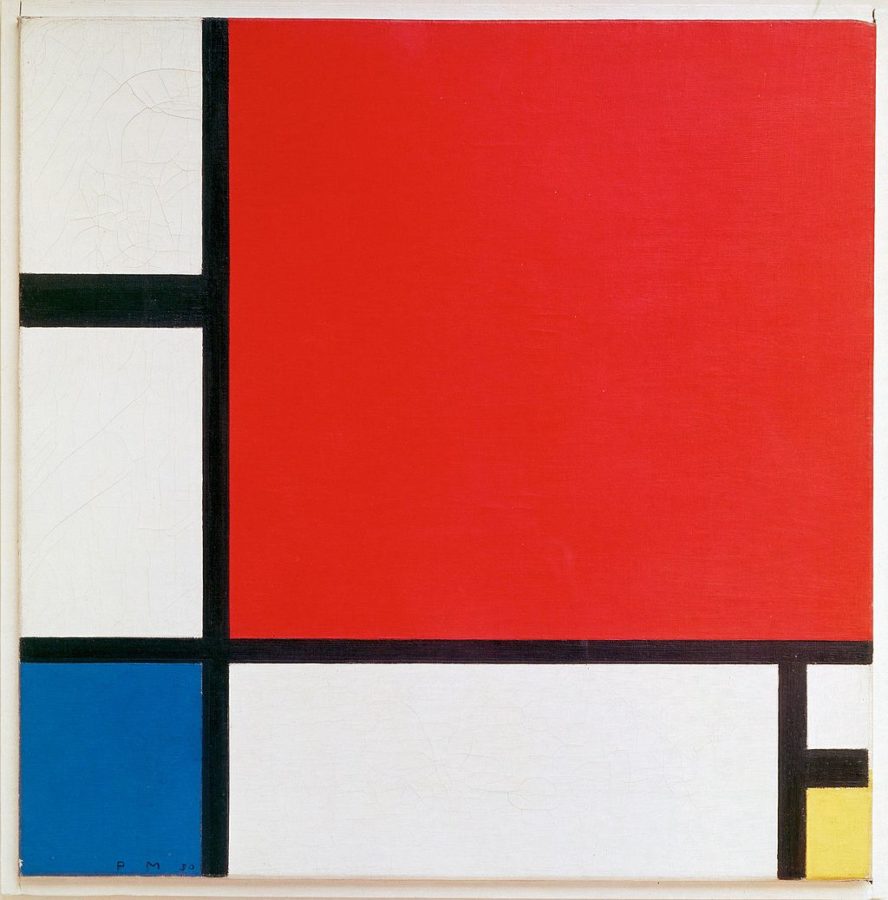
Gianni Versace’s 1991 collection is still a famous homage to pop art and Andy Warhol. The collection featured a series of designs with silk-screened portraits of Marilyn Monroe and James Dean and covers from Vogue magazines.

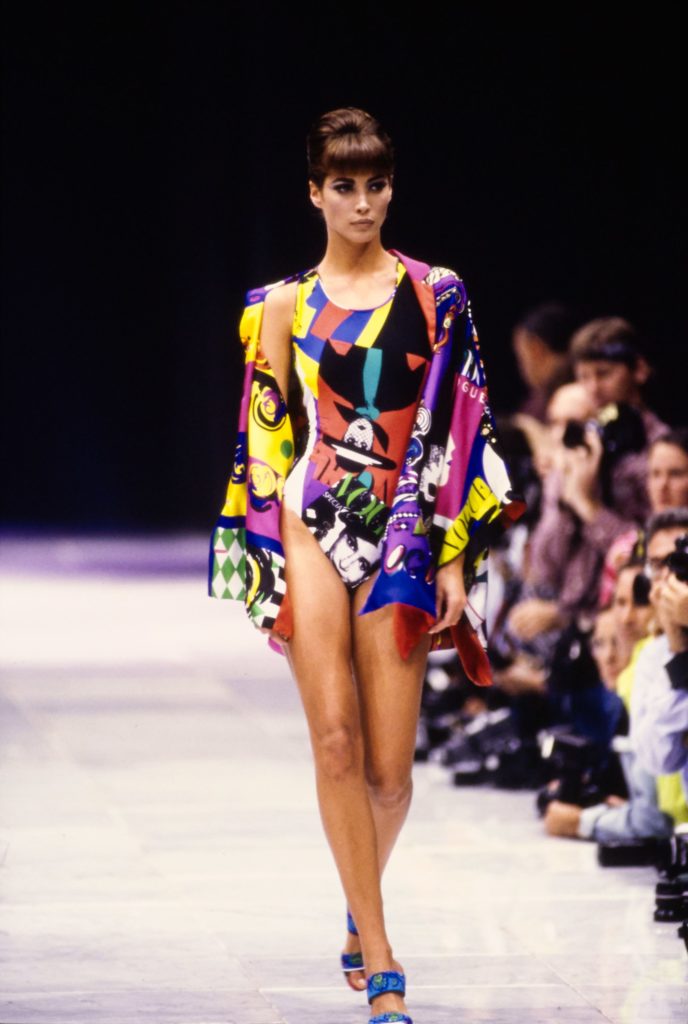
Christophe Chemin designed a collection for Prada AW16 inspired by the French revolutionary calendar, which swapped the names of saints and religious days for flower, seed, and tree terminology. The calendar was adopted in 1793 but in 1806 Napoleon repealed it. This was a romantic collection related to women and nature itself.
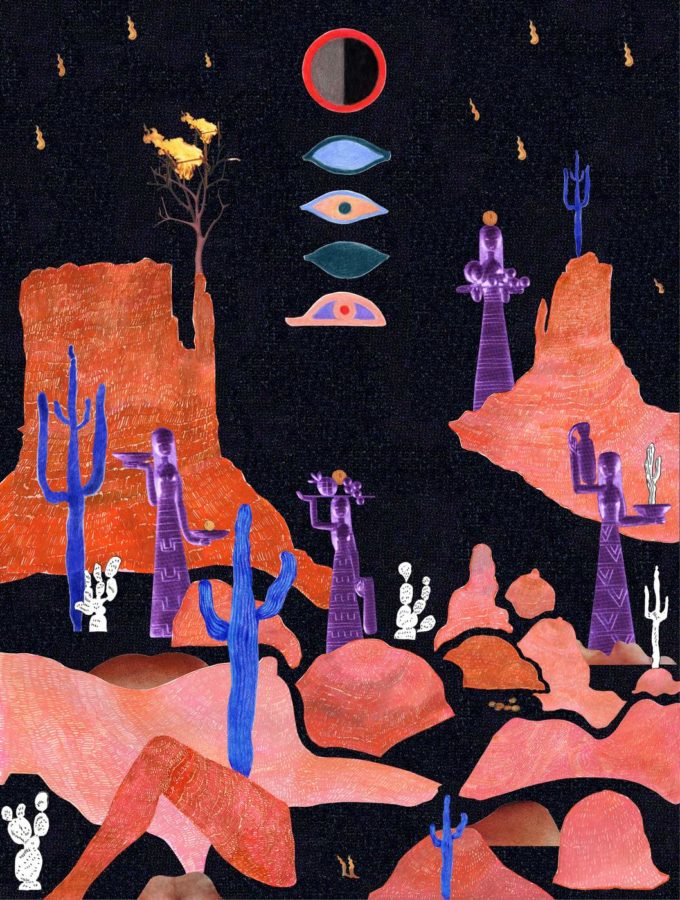
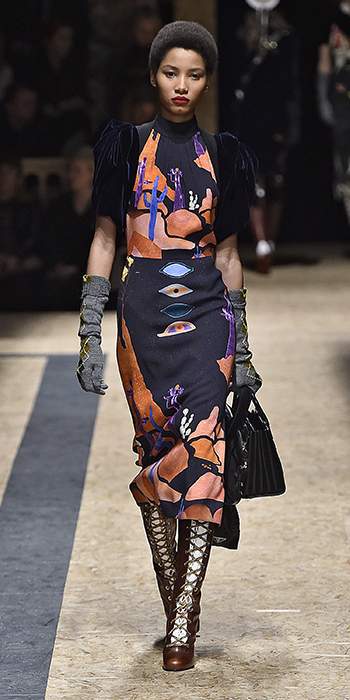
Kate and Laura Mulleavy, artistic directors of Rodarte, created a collection for SS12 with clear references to Van Gogh’s paintings. The dresses were delicate but also powerful at the same time. They used edited prints of the most famous paintings of the Dutch (post)impressionist artist.
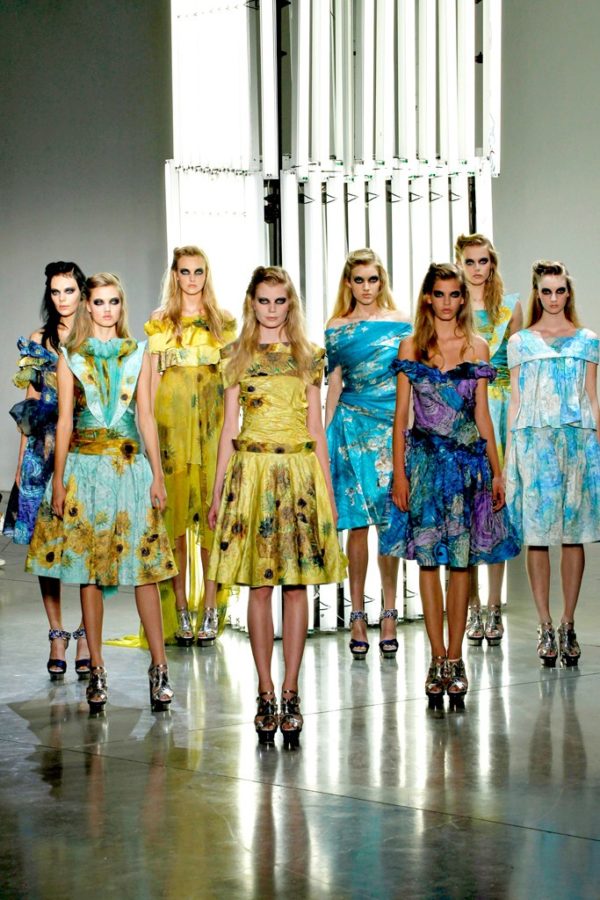
Louis Vuitton is the house that probably has the most collaborations and art-inspired collections. The most recent one was in 2017 for which Jeff Koons designed bags and accessories with famous masterpieces and the name of the artist in big, bold letters (in case someone didn’t catch the reference).
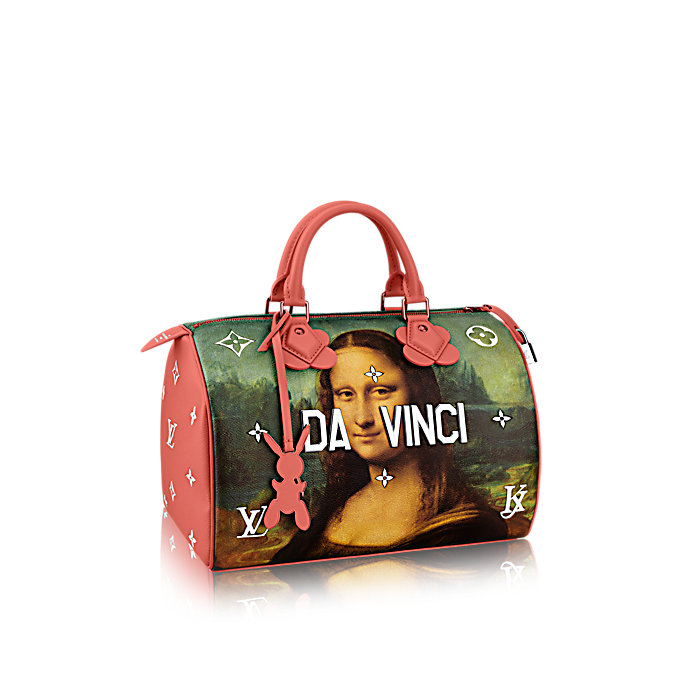
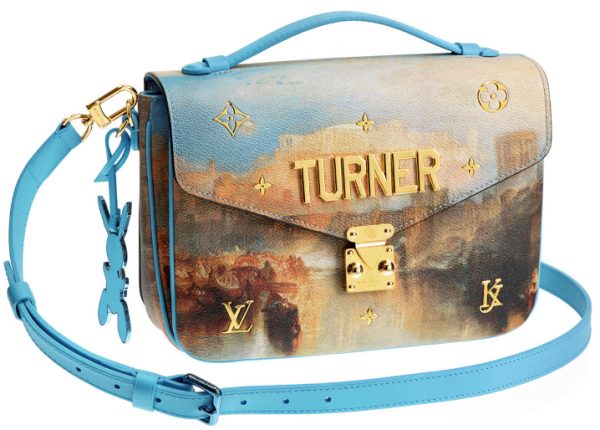
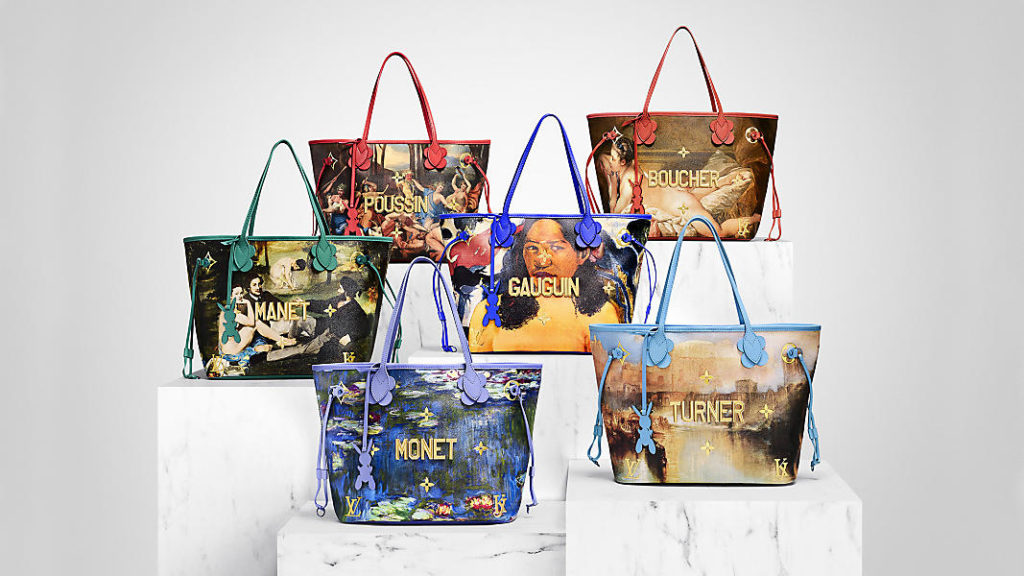
Of course, it’s not all about commemorating the masters of the art world nor just collaborations with contemporary artists. There are also designers who have achieved their own trademark style and managed to last in the history of fashion for their originality and interesting interpretations of diverse cultural influences.
Needless to say, Alexander McQueen was the tormented child of fashion. His designs are pure art. It is safe to say he became a legend by incorporating history and politics into a romantic and goth aesthetic. Plus he created an ambiance in his shows that made people feel numb.
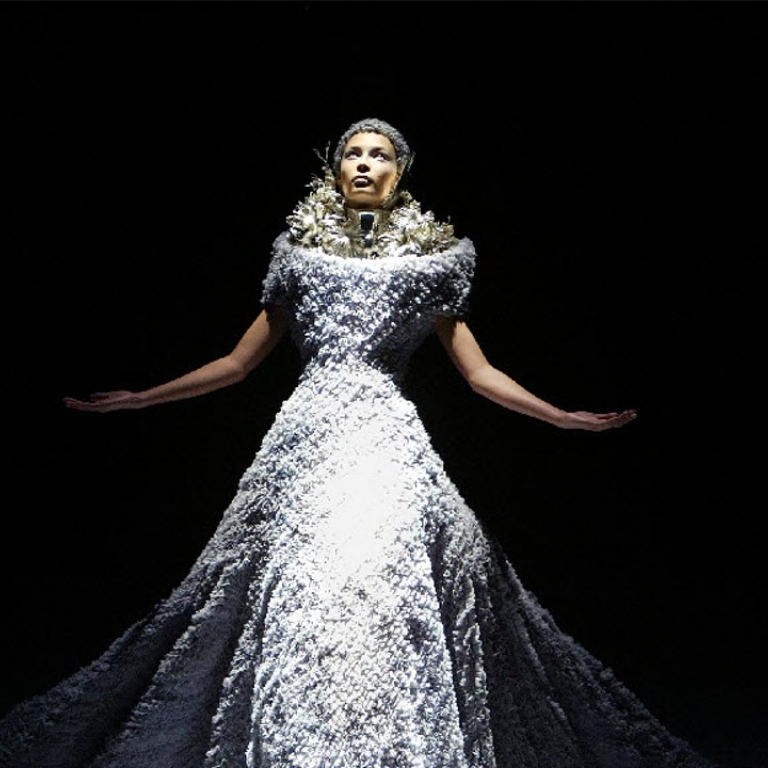
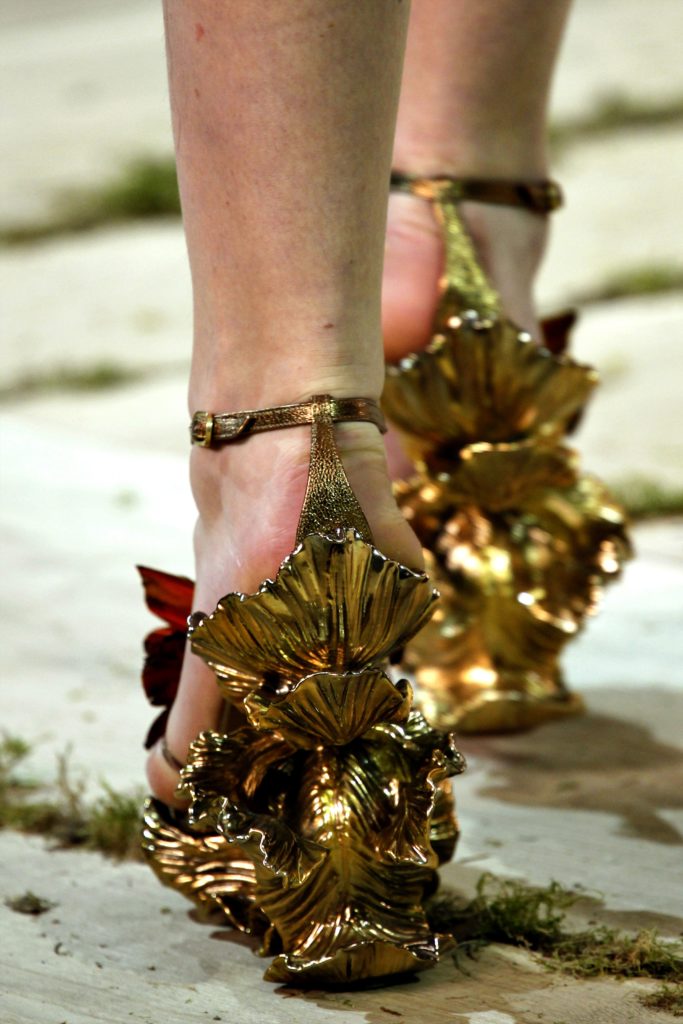
Deeply influenced by Surrealism, Elsa Schiaparelli created pieces that are eccentric even by today’s standards, like the shoe hat that belonged to Gala Dali, Salvador’s Dali wife. Another example is the tears dress which is an extremely important design for the history of the house, as it celebrated Schiaparelli’s collaboration with the master of Surrealism.
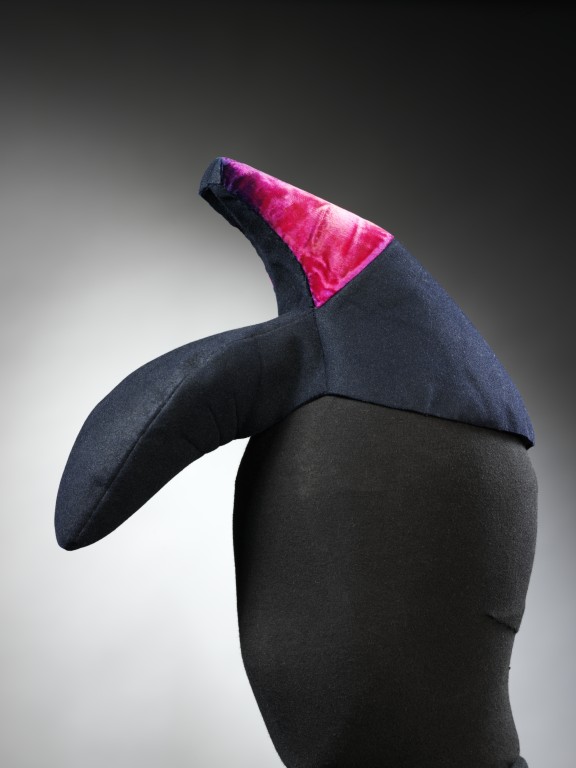
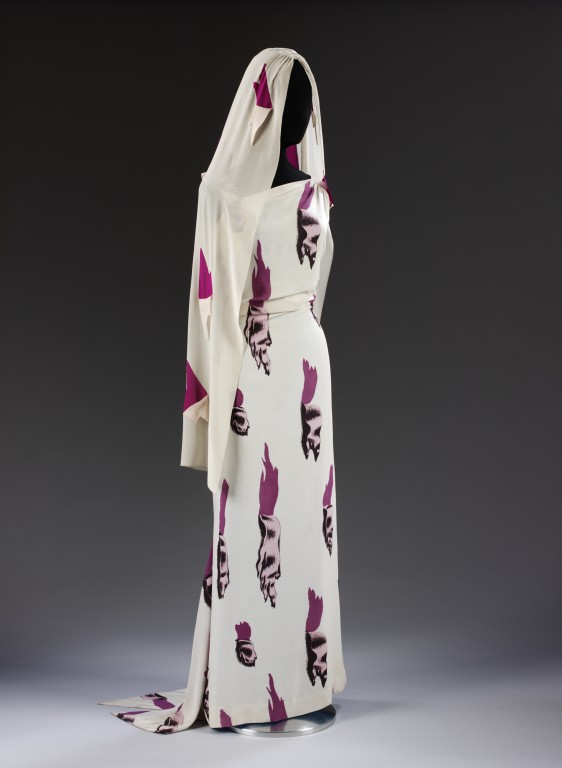
Here’s an interesting view of female power and delicacy. In his first fashion show in 1967, Paco Rabanne created 12 Unwearable Dresses with architectural influences. The dresses were made of pure metal and rubber. Despite these unconventional materials the dresses embraced the female body and made it look powerful.
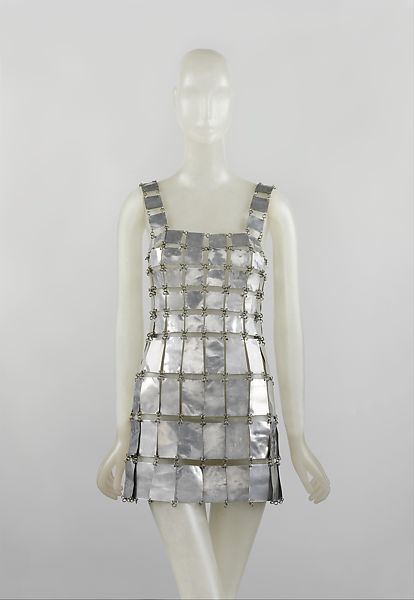
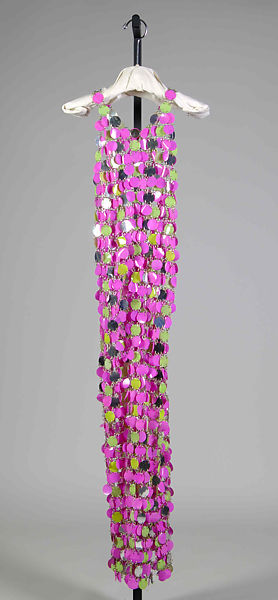
So, is fashion a form of art? Yes, it is. It is the newest addition under the umbrella of art. However strict the criticism may be, every design is the result of serious thought and great artistic research. It is neither meaningless nor a casual thing. By all means, fashion is not everyone’s cup of tea, but many other things aren’t either. How many people don’t like or understand contemporary art? Well, a lot. It doesn’t lose its value though, and the same goes for fashion.
DailyArt Magazine needs your support. Every contribution, however big or small, is very valuable for our future. Thanks to it, we will be able to sustain and grow the Magazine. Thank you for your help!